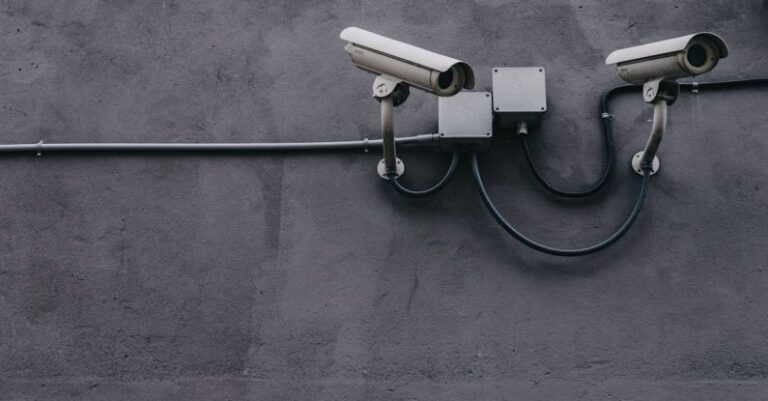How to Set up a Secure Home Wi-fi Network?
In today’s digital age, having a secure home Wi-Fi network is essential to protect your personal information and devices from potential cyber threats. Setting up a secure network may seem like a daunting task, but with the right knowledge and steps, you can ensure that your home network is safe and secure. In this article, we will guide you through the process of setting up a secure home Wi-Fi network, so you can browse the internet with peace of mind.
**Choosing a Strong Password**
One of the first steps in setting up a secure home Wi-Fi network is choosing a strong password for your Wi-Fi router. Avoid using default passwords provided by the manufacturer, as they are often easy to guess and can make your network vulnerable to attacks. Instead, create a unique password that is at least 12 characters long and includes a mix of letters, numbers, and special characters. Remember to change your password regularly to enhance security.
**Updating Firmware Regularly**
Firmware updates are essential for keeping your Wi-Fi router secure. Manufacturers release updates to patch security vulnerabilities and improve the performance of the router. Make sure to check for firmware updates regularly and install them as soon as they become available. This simple step can help prevent potential security breaches and keep your network protected.
**Enabling Network Encryption**
Encrypting your Wi-Fi network is another crucial step in securing your home network. Enable WPA2 or WPA3 encryption on your router to encrypt the data transmitted between your devices and the router. This encryption protocol adds an extra layer of security to your network and helps prevent unauthorized access. Avoid using outdated encryption methods like WEP, as they are no longer considered secure.
**Changing Default Network SSID**
The Service Set Identifier (SSID) is the name of your Wi-Fi network that is broadcasted to devices in the vicinity. Change the default SSID of your network to a unique name that does not reveal any personal information. Avoid using common names or information that can be easily associated with you, as this can make it easier for attackers to target your network. A generic and nondescript SSID is a good choice for enhancing the security of your home network.
**Disabling Remote Management**
Many routers come with a remote management feature that allows you to access and configure the router settings from anywhere. While this feature can be convenient, it also poses a security risk if not properly secured. Disable remote management on your router to prevent unauthorized access to your network settings. If you need to make changes to your router settings remotely, consider using a virtual private network (VPN) for a secure connection.
**Setting up Guest Network**
If you have guests visiting frequently, consider setting up a separate guest network on your router. This network allows guests to connect to the internet without accessing your main network, keeping your personal data and devices secure. Enable a guest network with a separate SSID and password to provide a secure and convenient internet access for your guests.
**Securing IoT Devices**
Internet of Things (IoT) devices such as smart thermostats, security cameras, and smart speakers are becoming increasingly popular in homes. However, these devices can also pose security risks if not properly secured. Change the default passwords on your IoT devices and keep them updated with the latest firmware to protect them from potential vulnerabilities. Consider creating a separate network for your IoT devices to isolate them from your main network and minimize the risk of a security breach.
**Conclusion: Ensuring a Secure Home Wi-Fi Network**
Setting up a secure home Wi-Fi network is crucial in today’s interconnected world. By following these steps and implementing best practices, you can create a safe and secure environment for your online activities. From choosing a strong password to securing IoT devices, each step plays a vital role in enhancing the security of your home network. Stay vigilant, stay informed, and take proactive steps to protect your personal information and devices from cyber threats. A secure home Wi-Fi network is not just a luxury – it’s a necessity in safeguarding your digital life.






